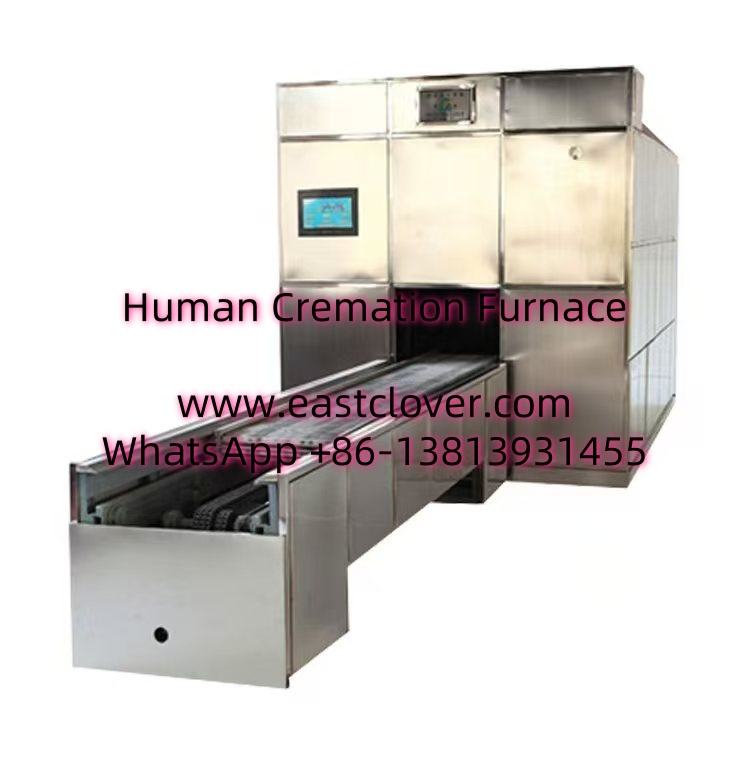Addressing End-of-Life Care Challenges in Rural Healthcare
Rural hospitals often face significant challenges in providing end-of-life care due to limited resources, geographic isolation, and financial constraints. Traditional burial practices can be logistically and economically burdensome, particularly in remote areas. Cremation furnaces present a viable solution, offering cost-effectiveness, sustainability, and dignity for families navigating loss.
Challenges in Rural End-of-Life Care
- Financial Constraints: Rural hospitals operate with tight budgets. Traditional burials involve expenses like coffin procurement, cemetery plots, and transportation, which can strain resources. Cremation reduces these costs by up to 50%, offering a more affordable alternative.
- Geographic Barriers: Transporting remains to urban crematoriums or burial sites is costly and time-consuming. Poor infrastructure exacerbates delays, causing emotional distress for families. On-site cremation furnaces eliminate these logistical hurdles.
- Cultural Considerations: While some communities prioritize burial, others are increasingly open to cremation. Education and community dialogue can help address misconceptions and highlight the environmental and economic benefits.
- Legal and Regulatory Compliance: Rural hospitals must adhere to health and environmental regulations. Modern cremation systems include emission controls and automated processes to meet standards.
Integrating Cremation Furnaces in Rural Hospitals
Types of Cremation Furnaces
Modern cremation systems are designed for efficiency and compliance:
- Electric Furnaces: Ideal for small-scale operations, offering lower emissions and easier maintenance.
- Gas-Powered Furnaces: Faster and more energy-efficient for higher demand.
- Hybrid Models: Combine flexibility with reduced environmental impact.
Operational Considerations
- Space Requirements: Compact, modular designs fit into existing facilities.
- Staff Training: Programs ensure safe operation and compliance.
- Environmental Safeguards: Filters and scrubbers minimize particulate emissions.
Partnerships and Funding
Collaborations with local governments, NGOs, or private donors can offset initial costs. Grants for rural healthcare innovation may also support implementation.
Cost-Benefit Analysis
Initial Investment: $50,000–$150,000 for equipment and installation.
Long-Term Savings:
- Eliminates transportation costs (averaging $3–$5 per mile).
- Reduces storage needs for remains.
- Generates revenue through cremation services for the community.
Environmental Benefits: Lowers land use for burial sites and reduces carbon footprint via energy-efficient systems.
www.southclover.com
Integrating cremation furnaces in rural hospitals addresses critical gaps in end-of-life care. By reducing costs, improving accessibility, and promoting sustainability, this approach empowers communities to manage loss with dignity. Stakeholders should prioritize funding, education, and partnerships to make this solution widely accessible.
FAQs
What is a cremation furnace?
A specialized device that uses high heat to reduce remains to bone fragments. Modern systems prioritize energy efficiency and emission control.
How does cremation reduce costs for rural hospitals?
It eliminates transportation and burial expenses while generating revenue through service fees.
Are cremation furnaces environmentally safe?
Yes—advanced filters and scrubbers ensure compliance with air quality standards.
How can hospitals address cultural resistance?
Community education and transparent communication about benefits can foster acceptance.
What steps are needed to implement a cremation furnace?
Conduct a feasibility study, secure funding, install equipment, train staff, and engage the community.
What legal requirements apply?
Hospitals must obtain permits and adhere to local health, safety, and environmental regulations.

Comments are closed